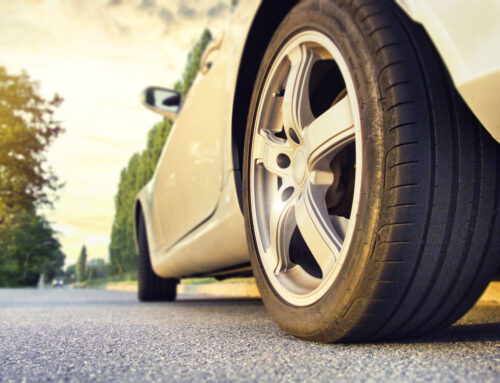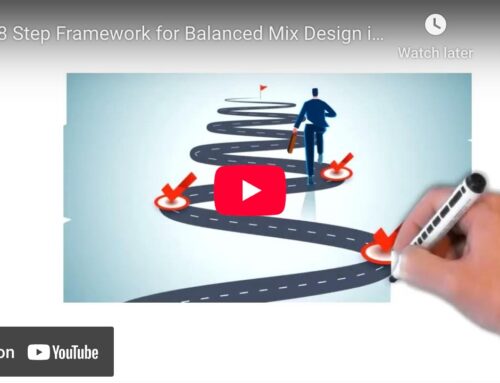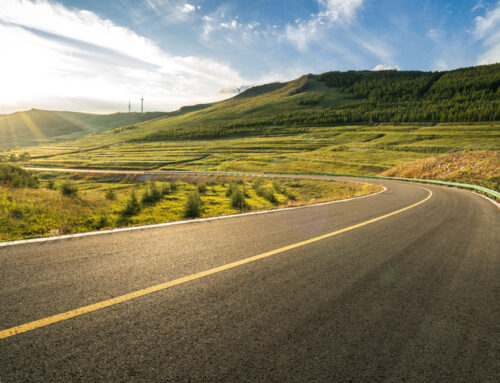
The global asphalt market is projected to reach 225.9 million tons by 2030. This is largely attributed to rapid growth in global infrastructure as demand for both new and refurbished roads takes the spotlight. Yet there are concerns that increasing road projects will impede environmental conservation efforts aimed at net zero carbon emissions.
One way the industry is looking to reduce its carbon footprint is by using reclaimed asphalt pavement, or RAP. Produced from leftover aggregate and binder removed from existing roadways and construction projects, RAP holds great potential for helping with sustainability efforts while also cutting costs.
With over 750 million tons of RAP generated each year, there is ample opportunity to make better use of this byproduct. However, only 20% is recycled globally with the remainder shipped to landfills and forgotten.
A pivotal challenge to using high amounts of RAP is that it requires an effective asphalt rejuvenator to restore the properties of the aged asphalt contained in the material. Without an asphalt rejuvenator, mixes are limited to using less than 10-15% total of RAP in their mixes.
Here, we’ll explore asphalt rejuvenation including what it is and why it is becoming increasingly important across the global paving industry.
Asphalt rejuvenation and ReLIXER®
ReLIXER, an asphalt rejuvenator or recycling agent, is specifically designed to deliver excellent low temperature properties and aging performance. An elixir of bio-based oils, ReLIXER has not only demonstrated performance for mixes with any level of RAP content, but it also helps lower greenhouse gas emissions and overall energy consumption. An effective asphalt rejuvenator, ReLIXER is compatible with binders from global sources and can also help lower mix costs by 5-15%.





